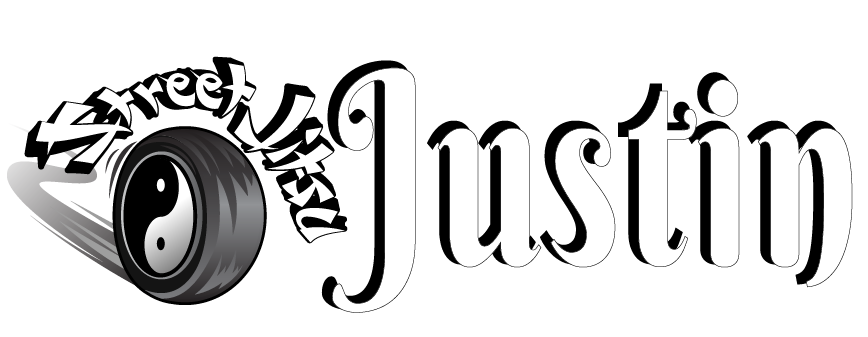Jiu Jitsu
Brazilian Jiu-Jitsu (BJJ) is a martial art and combat sport that focuses on grappling, ground fighting, and submission holds. It was developed in Brazil in the early 20th century by the Gracie family, most notably Carlos and Hélio Gracie, who adapted techniques from traditional Japanese Jiu-Jitsu and Judo to create a system that emphasized leverage, technique, and submissions over strength and size.
Core Principles of Brazilian Jiu-Jitsu
Leverage and Technique Over Strength: BJJ emphasizes the use of leverage and body mechanics to control and submit opponents, making it effective for smaller individuals to defeat larger, stronger opponents. This is why it’s often referred to as “the gentle art.”
Ground Fighting and Control: A large part of BJJ takes place on the ground. Practitioners learn how to maintain control, transition between different positions (like guard, mount, and side control), and use joint locks and chokeholds to force their opponent to submit (tap out).
Positional Hierarchy: BJJ teaches a system of positions, with some being more advantageous than others. Common positions include:
- Guard: When a person uses their legs to control an opponent from underneath.
- Mount: A dominant position where one practitioner is sitting on top of the other.
- Side Control: A position where one person pins the opponent on their back from the side.
Submissions: The goal of a BJJ match is to force the opponent to submit by using techniques like:
- Joint Locks: These attack the joints, such as arm bars or knee bars.
- Chokes: These restrict blood flow or air, such as rear-naked chokes and guillotine chokes.
History and Development
Brazilian Jiu-Jitsu originated when Mitsuyo Maeda, a Japanese Judo expert, traveled to Brazil in 1914 and taught Judo to Carlos Gracie. The Gracies modified Maeda’s techniques to focus more on ground fighting and submissions, giving birth to BJJ. Hélio Gracie, one of Carlos’ brothers, further refined these techniques, emphasizing leverage due to his smaller frame.
Modern Brazilian Jiu-Jitsu
Today, BJJ is practiced both as a martial art and a sport, with gi (the traditional uniform) and no-gi (without the gi) variations. It has become a key component of mixed martial arts (MMA) because of its effectiveness in real fighting situations, particularly on the ground.
Key Features
- Self-Defense: BJJ is often taught as an effective self-defense system, allowing practitioners to control and neutralize attackers.
- Sport: Competitive BJJ matches are points-based, where points are awarded for achieving dominant positions, and submissions are the highest-scoring techniques.
- Fitness: It provides a full-body workout, improving strength, flexibility, endurance, and mental toughness.
Brazilian Jiu-Jitsu has become highly popular worldwide, both in traditional martial arts circles and in the growing world of MMA due to its practical and efficient approach to combat.

